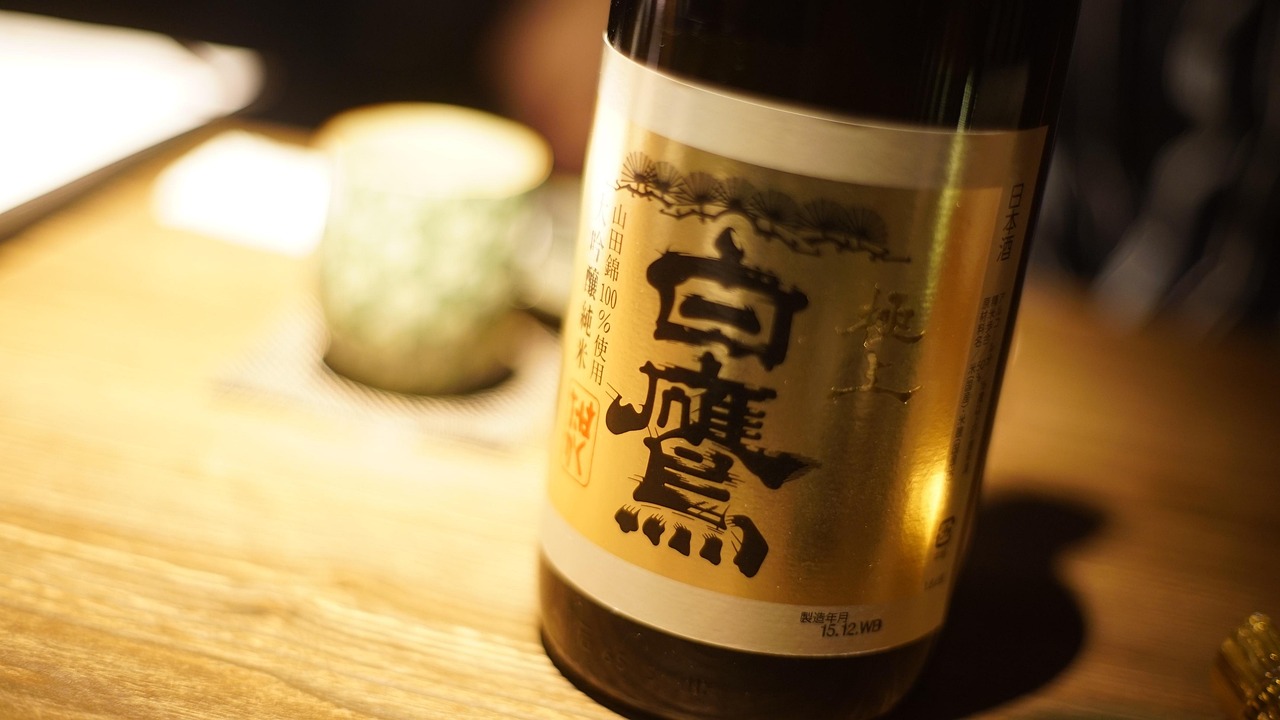Sake isn’t just enjoyable straight from the bottle—it transforms dramatically depending on the temperature at which it’s served. From crisp and refreshing cold sake to mellow and rich warm sake, the same bottle can offer entirely different tasting experiences. In this article, we’ll explore how sake flavor evolves across a range of temperatures, from 5°C to 55°C. Discover the charm of temperature-specific sake and enhance your drinking experience!
- 1. 5°C–10°C (Reishu / Cold Sake): Crisp and Refreshing
- 2. 10°C–15°C (Slightly Chilled): Balanced with Gentle Sweetness
- 3. 15°C–20°C (Room Temperature): Smooth and Richly Flavored
- 4. 30°C–35°C (Nurukan / Lightly Warmed): Full-Bodied and Umami-Rich
- 5. 40°C–45°C (Kan-zake / Warm Sake): Smooth and Deeply Flavorful
- 6. 50°C–55°C (Atsukan / Hot Sake): Bold, Intense, and Comforting
- Final Thoughts
1. 5°C–10°C (Reishu / Cold Sake): Crisp and Refreshing
When chilled to 5°C–10°C, sake becomes sharp, fresh, and clean. This is the ideal temperature for enjoying Ginjo and Daiginjo sakes with fruity and floral aromas, as chilling accentuates their fragrance and lightens the mouthfeel.
Cold sake is perfect for hot summer days, offering a refreshing escape from the heat. It pairs wonderfully with seafood, sashimi, and other light, clean-tasting dishes.
2. 10°C–15°C (Slightly Chilled): Balanced with Gentle Sweetness
At this slightly higher chilled range, sake becomes less sharp and more balanced, allowing subtle sweetness and aroma to emerge. The flavor becomes smoother and rounder, making it a great fit for Junmai or Honjozo styles.
This range offers a middle ground between cold and warm sake—ideal when you want a bit of warmth without fully heating your drink. It also pairs beautifully with a variety of Japanese dishes, especially simmered foods and mild flavors.
3. 15°C–20°C (Room Temperature): Smooth and Richly Flavored
Room temperature sake is best enjoyed between 15°C–20°C, where acidity, sweetness, and umami harmonize. This results in a mellow and well-rounded flavor, particularly ideal for Junmai or Koshu (aged sake) with bold character.
Because the flavors open up naturally at room temperature, this is a great way to appreciate the complexity of sake. It pairs well with everything from sashimi and sushi to grilled fish and simmered dishes.
4. 30°C–35°C (Nurukan / Lightly Warmed): Full-Bodied and Umami-Rich
Gently warmed sake in the Nurukan range (30°C–35°C) brings out deep umami and richness. The mellow warmth enhances the texture and makes each sip more comforting. This is an excellent range for Junmai, Kimoto-style, or aged sake.
Nurukan is perfect for chilly days, and pairs wonderfully with hot pot, stews, and rich seasonal dishes. The warm temperature draws out both aroma and flavor, creating a harmonious match with hearty meals.
5. 40°C–45°C (Kan-zake / Warm Sake): Smooth and Deeply Flavorful
At 40°C–45°C, sake develops even more pronounced sweetness and umami, while the alcohol becomes less aggressive. This is considered a classic range for warm sake, especially for aged or fuller-bodied styles.
Warm sake at this temperature is a great partner for boldly flavored dishes such as meat, soy-braised foods, and rich simmered meals. The combination enhances both the food and the drink, elevating your overall dining experience.
6. 50°C–55°C (Atsukan / Hot Sake): Bold, Intense, and Comforting
At this range, sake becomes intensely flavorful, with the warmth emphasizing its umami and boosting the sense of richness. While the alcohol becomes more prominent, this style is satisfying and comforting, especially in cold weather.
Atsukan pairs excellently with strongly seasoned dishes like sukiyaki, grilled meats, or yakitori. It’s the perfect choice for a winter evening when you want something both warming and indulgent.
Final Thoughts
As we’ve seen, sake’s flavor profile changes dramatically based on the temperature it’s served at. Whether you prefer the refreshing clarity of chilled sake, the natural balance of room temperature, or the cozy depth of warm sake, there’s always a new way to enjoy your favorite bottle.
Next time you open a bottle, try experimenting with different temperatures to uncover new sides of sake. Not only will it deepen your appreciation, but it may just lead you to your new favorite way to drink it!



コメント